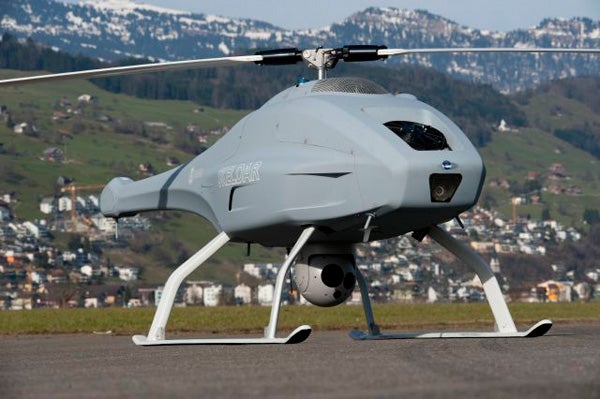
Saab has been awarded a contract by an undisclosed customer to deliver and deploy the Skeldar V-200 Maritime unmanned aerial vehicle (UAV) for maritime operations.
Under the contract, Saab will install the Skeldar’s flexible multi-mission system with the customer by the end of the year.
The customer will deploy the UAV, which is powered by a two-cylinder, in-line, two-stroke, liquid cooled internal combustion engine, to conduct naval operations to meet the vertical takeoff and landing requirements at sea.
Saab’s Aeronautics head Lennart Sindahl said the Skeldar V-2000 Maritime is an excellent choice for maritime operations, featuring high flight performance, heavy fuel engine and easy-to-maintain design.
"We continuously improve the system with the integration of new sensors and different payload, according to customer needs," Sindahl added.
Capable of being launched from the deck of any vessel with maximum take-off weight of 200kg, the Skeldar system has been designed to conduct major missions including surveillance, reconnaissance, target attainment and transfer of target data to strike platforms.
The medium-range UAV can also be deployed to support instant battle damage assessment and control of indirect fire in addition to providing logistics support and ship-to-ship or ship-to-land transfers in rough weather conditions.
Featuring dual payload capability and various COTS payloads for specific missions, the system is fitted with EO/IR gimbals, a laser pointer, laser range finder, synthetic aperture radar, ground moving target indicator, electronic warfare, AIS transponder, searchlight, megaphone and cargo hook.
The system can fly at a maximum altitude of 4,500m for five hours and can cruise at a maximum speed of 130km/h with a mission radius of more than 100km.
Image: A Saab-built Skeldar UAV performing mission. Photo: copyright Saab AB, photographer Jonas Tillgren.





